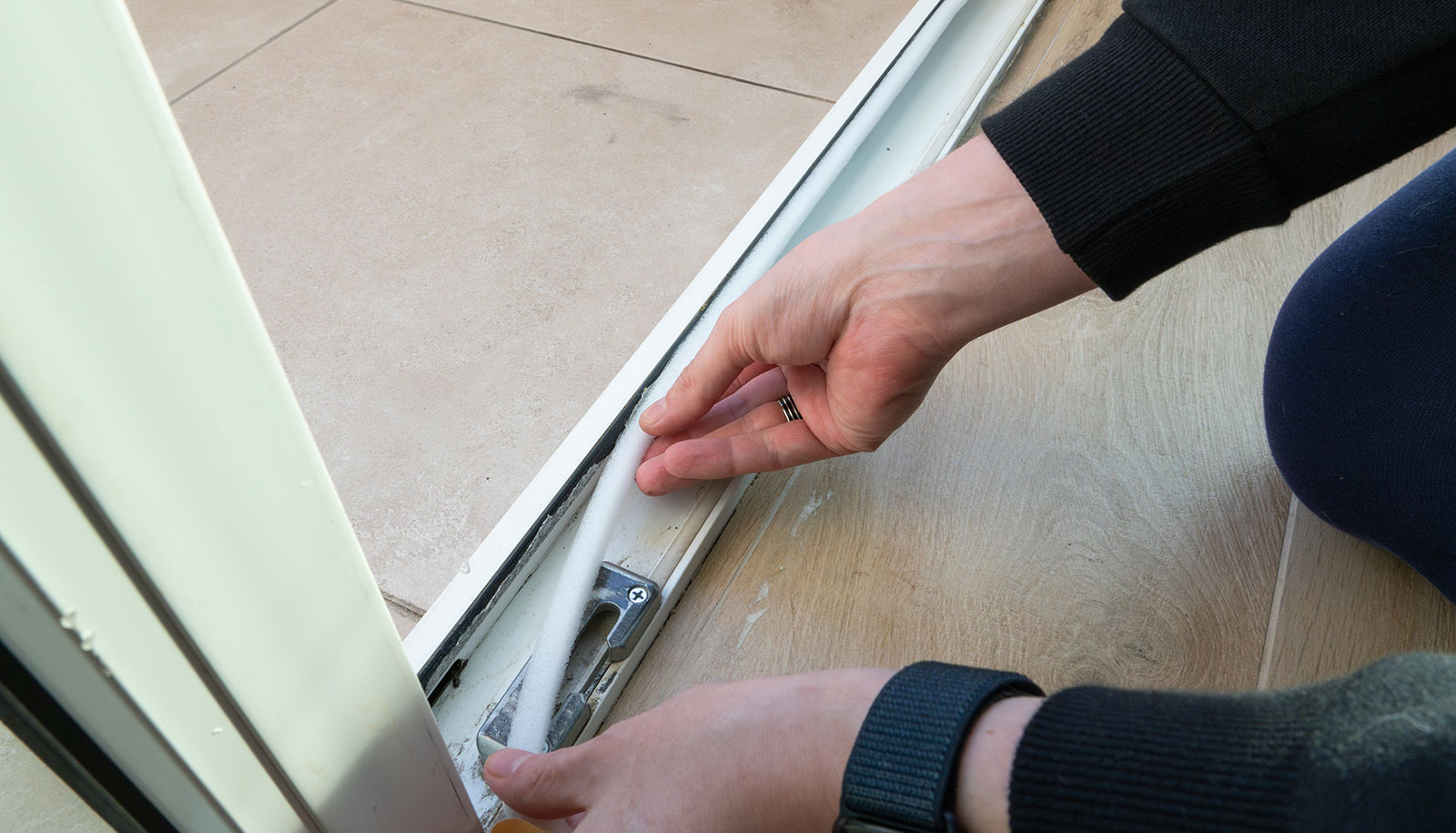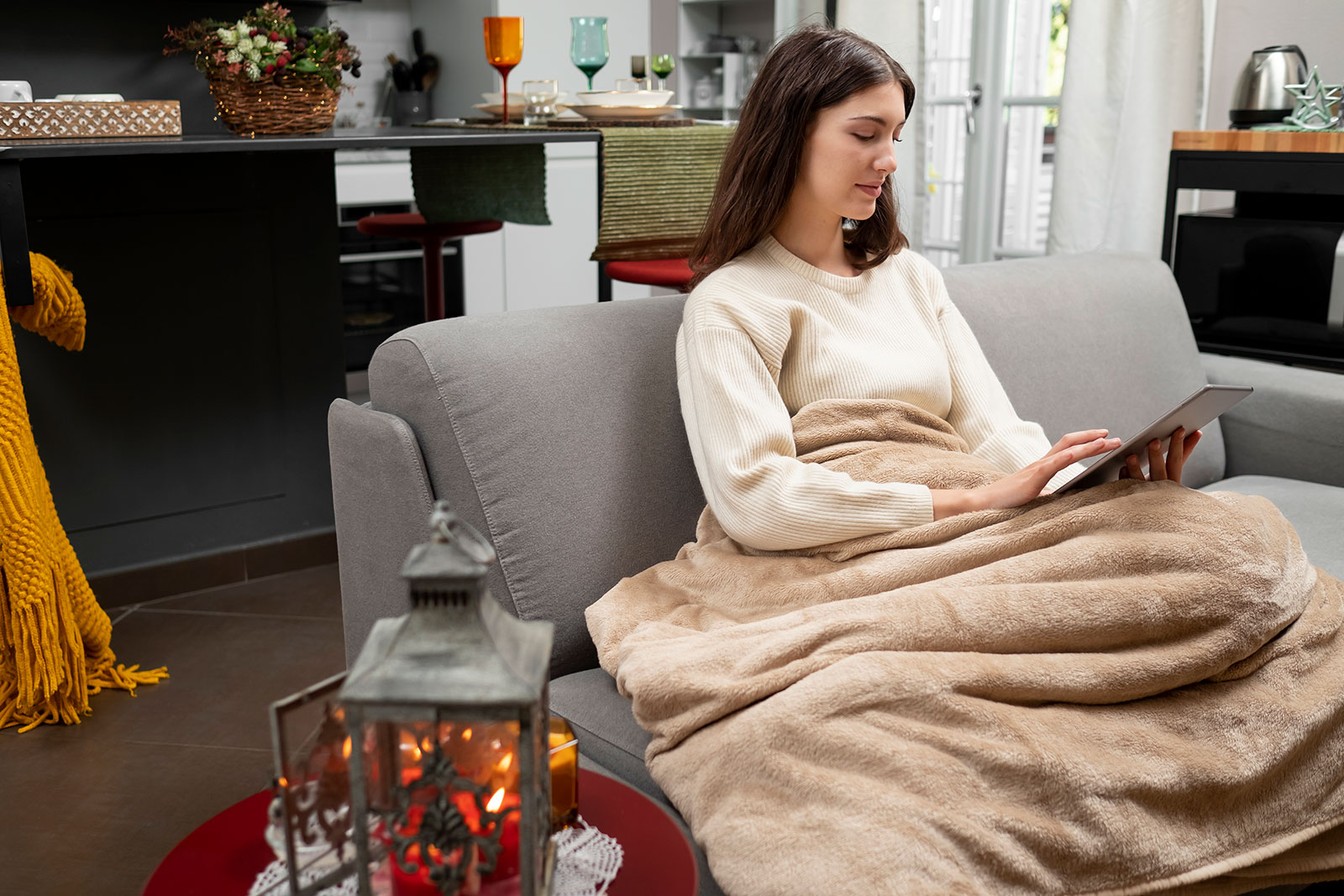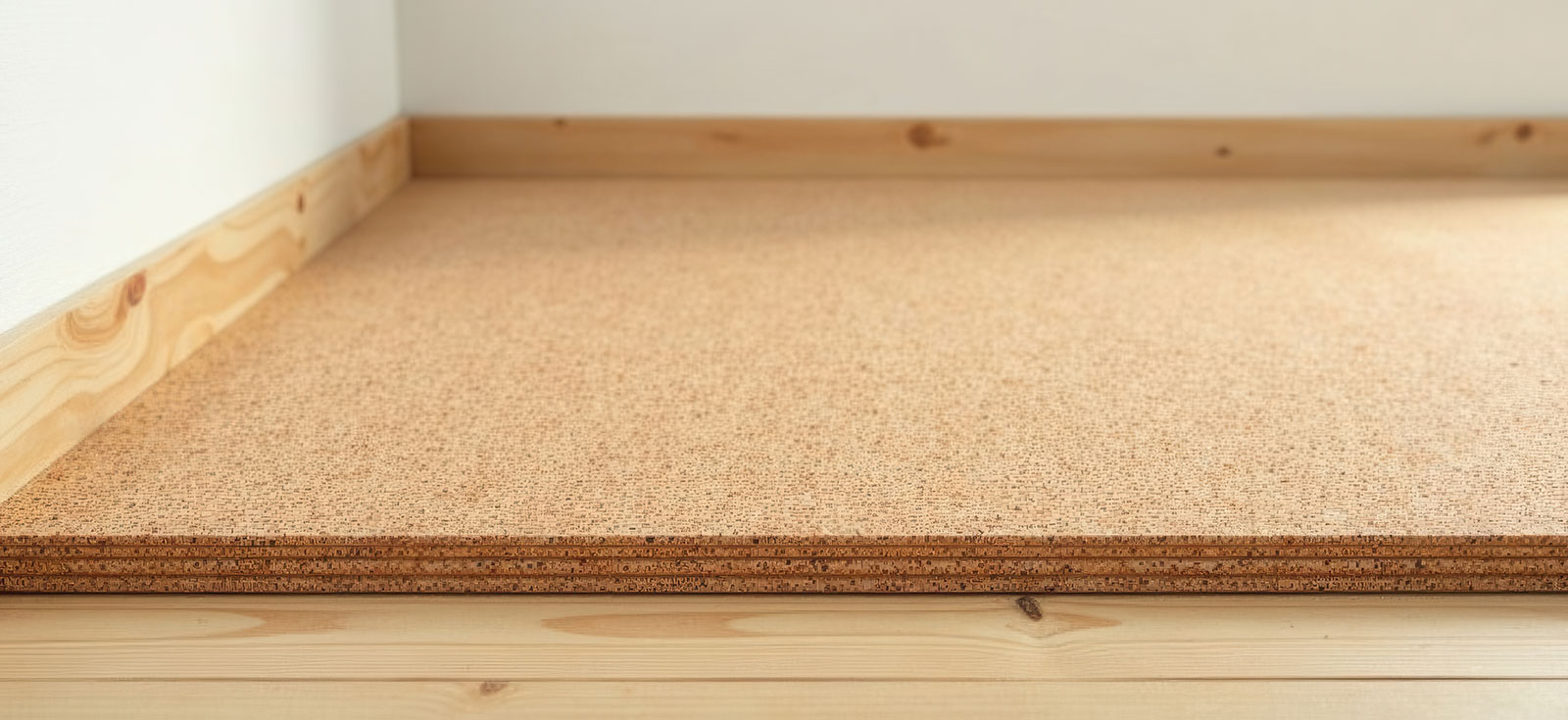Introduction
Winter is more than just a season—it’s a call to action for homeowners. As temperatures drop, the need to keep your home warm, energy-efficient, and comfortable becomes a top priority. But with rising energy costs and unpredictable weather, getting ready for winter requires more than just turning up the thermostat. It’s about taking proactive steps to winterproof your home, ensuring it’s a cosy sanctuary that’s both cost-effective and environmentally friendly.
At Fischer, we’re passionate about helping you stay warm without compromising on efficiency. That’s why we’ve created this comprehensive guide to winterproofing your home. From insulating your walls to upgrading your heating system, we’ll walk you through every step to ensure you’re fully prepared for the colder months ahead.
Why Winterproofing Matters?
Before diving into the how-to, let’s talk about the why. Winterproofing isn’t just about comfort—it’s about saving money, reducing energy consumption, and protecting your home from the harsh effects of winter.
- Energy Efficiency: A well-insulated home retains heat better, reducing the need for constant heating.
- Cost Savings: By minimising heat loss, you can significantly lower your energy bills.
- Comfort: No more chilly draughts or cold spots—just consistent, cosy warmth.
- Environmental Impact: Reducing energy consumption is a win for both your wallet and the planet.
Now, let’s get into the nitty-gritty of how to winterproof your home.
1. How to Insulate Your Home for Maximum Warmth?
a. How to Insulate Your House
When it comes to how to insulate your house, the goal is simple: keep the warm air in and the cold air out. Proper insulation is the foundation of a winterproof home, and it’s much easier to achieve than you might think. Here’s how you can insulate your home effectively:
- Walls: Older homes often lack cavity wall insulation, leading to significant heat loss. Investing in cavity wall insulation can save up to £480 per year on heating bills. Opt for eco-friendly materials like sheep’s wool, cellulose, or recycled denim.
- Lofts: As heat rises, poorly insulated lofts can be a major source of heat loss. Upgrading loft insulation to the recommended 270mm thickness significantly improves heat retention.
- Floors: Cold floors are a common winter complaint. Installing underfloor insulation or using thick rugs can help reduce drafts and improve warmth.
- Pipes and Hot Water Tanks: Insulating your hot water pipes and tanks reduces heat loss and ensures water remains hot for longer, helping you save energy.
Attics and Basements: Insulating unused spaces prevents heat from escaping through areas that are often overlooked.
While some insulation projects can be DIY, others may require professional installation. If you’re unsure, consult an expert to ensure your home is properly insulated.
b) How to prevent heat loss and leaks in homes
Even with good insulation, small gaps and cracks in your home can allow warm air to escape. Here’s how to prevent heat loss in homes:
- Draught Excluders: Place draught excluders at door bases to prevent heat from escaping.
- Caulk and Sealant: Use high-quality silicone caulk to seal gaps around windows, doors, and skirting boards.
- Weatherstripping: Install self-adhesive weatherstrips on windows and doors to block drafts effectively.
- Reflective Foil Insulation: Placing heat-reflective foil behind radiators ensures heat is redirected into the room rather than being absorbed by walls.
- Thermal Wallpaper: Consider using thermal wallpaper, which adds an extra layer of insulation and prevents heat loss through walls.
Thick Carpets and Rugs: Covering cold floors with thick carpets or rugs can provide additional insulation.
2. Windows and Doors: The Importance of Draught-Proofing
a. Draught Proof Windows
Windows contribute significantly to heat loss, but upgrading to double-glazed or secondary-glazed windows can reduce heat loss by up to 50%. These windows trap air between panes, providing an insulating barrier.
If upgrading isn’t an option, consider:
- Thermal curtains: These provide an additional layer of insulation.
- Window insulation film: A budget-friendly alternative to double glazing.
- Draft-proofing seals: Apply rubber seals to the edges of window frames.
Shutters and Blinds: Closing shutters and blinds at night helps retain heat inside.
b. Draught Proof Doors
Your doors can also be a significant source of heat loss. Improve insulation by:
- Installing internal door curtains.
- Using draught excluders at the base of external doors.
- Applying self-adhesive door seals for better airtightness.
Letterbox covers and keyhole seals: Small gaps in doors allow heat to escape. Installing letterbox covers and keyhole seals prevents unnecessary drafts.
c. How to Test for Draught in Your Home?
Detecting and sealing draughts is easier than you think. Try the candle method:
- Light a candle and hold it near windows and doors.
- If the flame flickers, air is leaking through a gap.
Seal gaps using weatherstripping, draught excluders, or foam tape.
3. Optimise Your Heating System
A well-maintained heating system is essential for staying warm during winter. Here’s how to ensure yours is running at peak efficiency.
a. Upgrade to Energy-Efficient Electric Heating Solutions
Fischer’s range of German electric radiators and high heat retention storage heaters are designed to provide consistent warmth while keeping energy costs low. Unlike traditional gas boilers, electric heating systems are highly efficient and can be paired with smart controls for even greater savings.
b. Smart Heating Controls: How to Use Them Effectively
Smart thermostats allow you to control your heating remotely, set schedules, and adjust temperatures for different zones in your home. For example, you can lower the temperature in unused rooms while keeping living areas comfortably warm. Fischer’s wireless thermostats come with features like holiday mode, which prevents frozen pipes while you’re away.
c. Maintain Your Radiators for Optimal Performance
Over time, wet radiators can accumulate sludge and air, reducing their efficiency. Bleeding your radiators is a simple DIY task that can improve performance. For a more thorough clean, consider power flushing your system every three to five years.
4. Prepare for Power Cuts
a. Emergency Heating Options
Be prepared for winter power outages by investing in backup heating options:
- Portable battery-powered heaters for temporary warmth.
- Gas-powered space heaters for emergency use.
- Home generators to maintain power to essential appliances.
- Extra thermal blankets to retain warmth during blackouts.
- Hand Warmers: Small but effective for staying warm when heating options are limited.
b. Keep an Emergency Kit Ready
Your winter emergency kit should include:
- Thermal blankets
- Battery-powered torches
- Portable phone chargers
- Non-perishable food and bottled water
- Backup heating sources
- First-aid supplies in case of emergencies
- Extra Batteries and Power Banks: To ensure devices remain functional in prolonged outages.
5. Eco-Friendly Winterproofing Tips
a. Sustainable Materials for Insulation and Draught-Proofing
Eco-friendly materials not only help keep your home warm but also minimise environmental impact. Consider these sustainable options:
- Recycled Insulation: Made from denim or cellulose, these materials are effective and environmentally friendly.
- Sheep’s Wool Insulation: Naturally fire-retardant and moisture-resistant.
- Cork Flooring and Insulation: Renewable, durable, and excellent for retaining heat.
b. Energy-Saving Habits for the Winter
Adopting small changes in your daily routine can significantly reduce your energy usage:
- Lower the thermostat by 1°C to save up to 10% on energy bills.
- Turn off lights and appliances when not in use.
- Use heavy curtains to trap heat during the evening.
- Layer up with warm clothing instead of increasing the heating temperature.
6. Winterproofing Checklist: The Ultimate To-Do List
Winterproofing your home doesn’t have to be overwhelming. By breaking it down into actionable steps, you can tackle the process systematically and ensure your home is ready to face the cold. Below is a checklist of key actions you as a homeowners can take:
- ✅Seal windows and doors
- ✅Install smart heating controls
- ✅Insulate lofts, walls, and floors
- ✅Use thermal curtains
- ✅Prepare an emergency heating kit
- ✅Upgrade to energy-efficient heating solutions
- ✅Install draught excluders and weatherstripping
- ✅Layer your home with rugs and carpets
- ✅Monitor moisture levels with dehumidifiers
Alternatively, Download our FREE Winterproofing Checklist for a detailed step-by-step guide to prepare your home for winter.
7. Real-Life Examples and Case Studies
Many Fischer customers have transformed their homes with our heating solutions. One customer (Coleen Francis) who recently had Fischer electric heaters installed said:
“I recently had two radiators installed in my studio apartment. The engineer was friendly, knowledgeable and had them both installed in under an hour. No mess and minimal disruption. So far so good. My apartment is pleasantly warm and cosy, as I would expect. I am very pleased with the product. A great service from start to finish. I would definitely recommend Fischer Heating.”
Another Fischer customer (Averil Howsan) who upgraded her home’s heating and hot water with Fischer electric heaters and the Aquafficient hot water system said:
“Removing our old boiler (a back boiler) and all associated pipework. They were helpful, efficient, clean, tidy, and friendly. The new radiators work very well, and the Aquafficient water heater is very good. The water is hot on demand, the hot water pressure is better than before, and there is now so much space in the cupboard where the old tanks and immersion were. Would happily recommend these products.”
8. The Role of Air Quality in Keeping Warm
a. Use Air Purifiers and Moisture Absorbers
Good air quality can improve the effectiveness of your heating system. Consider using:
- Air Purifiers: These remove allergens and pollutants, ensuring a healthier environment.
- Moisture Absorbers: Prevent dampness and condensation, making rooms feel warmer.
b. Prevent Mould and Mildew
Damp conditions can lead to mould and mildew, which not only damage your home but also affect its ability to retain heat. Combat these issues by:
- Ensuring proper ventilation in bathrooms and kitchens.
- Using anti-mould paint in damp-prone areas.
- Regularly cleaning vents and air filters.
Conclusion
Winterproofing your home is an investment in comfort, energy efficiency, and cost savings. By following this guide, you can create a warm, welcoming space that stands up to even the coldest weather.
By following this guide and exploring Fischer’s range of innovative heating solutions, you can take control of your home’s warmth and enjoy a cosier winter season.
Discover Fischer’s efficient electric heating solutions by requesting our FREE product catalogue to get started on making your home warmer, greener, and more cost-effective today!
- Should you leave the heating on while you’re away for Christmas? - December 19, 2025
- Hosting Christmas: How to Heat a Busy Home Efficiently - December 15, 2025
- How to Clean and Remove Dust from a Radiator - November 18, 2025





